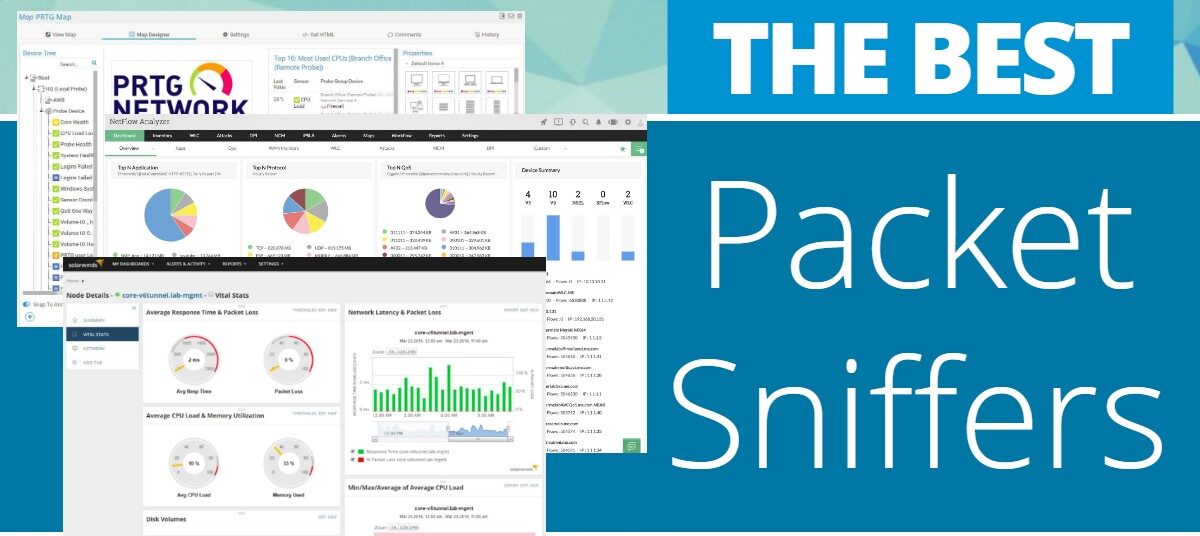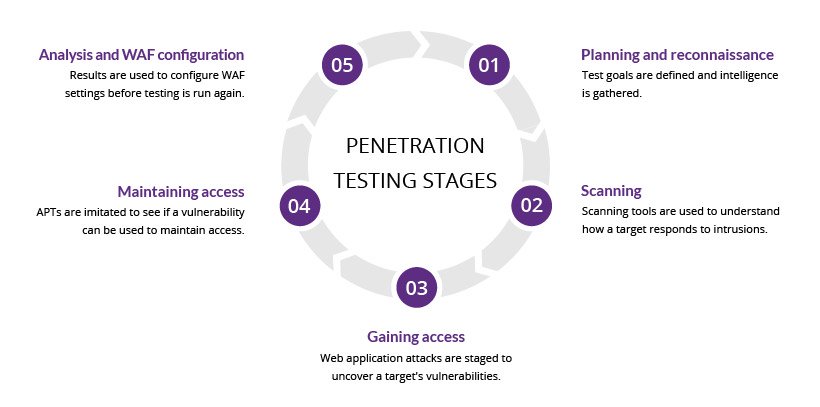A packet analyzer, also known as a network protocol analyzer or packet sniffer, is a software or hardware tool used to capture, analyze, and inspect network traffic at the packet level. It allows network administrators, security professionals, and developers to gain insights into how data is transmitted across a network, troubleshoot network issues, and identify security vulnerabilities. Here’s a deeper understanding of packet analyzers:
- Packet-Level Analysis: Packet analyzers work at the lowest layer of the OSI (Open Systems Interconnection) model, which is the physical layer. They capture and examine individual packets of data as they traverse a network. Each packet contains information about its source and destination, the type of data it carries, and various other details.
- Use Cases:
- Network Troubleshooting: Packet analyzers are invaluable tools for diagnosing network problems. They can help identify issues like packet loss, latency, and misconfigured network devices.
- Security Analysis: Security professionals use packet analyzers to detect and investigate security breaches, such as unauthorized access, malware infections, and data exfiltration.
- Network Monitoring: Monitoring network traffic helps in understanding network utilization, identifying abnormal behavior, and ensuring compliance with network policies.
- Protocol Analysis: Developers and network engineers use packet analyzers to understand how different network protocols work and to debug issues related to specific applications or services.
- Capture Methods:
- Promiscuous Mode: In promiscuous mode, a network interface card (NIC) captures all packets on the network, regardless of their destination. This mode is essential for analyzing traffic that is not destined for the host running the analyzer.
- Span Port (Port Mirroring): Network switches can be configured to mirror traffic from one or more ports to a designated monitoring port, where a packet analyzer can capture the mirrored traffic.
- TAP (Test Access Point): TAPs are hardware devices inserted into a network connection to passively copy network traffic to a packet analyzer.
- Packet Decoding: Packet analyzers decode captured packets and present the information in a human-readable format. They can provide details about source and destination IP addresses, port numbers, packet size, protocol type, and even the content of the payload (e.g., HTTP requests or email messages).
- Filters and Triggers: Most packet analyzers allow users to set filters based on various criteria such as IP addresses, port numbers, or protocols. Triggers can also be set to capture specific events or conditions, making it easier to focus on relevant data.
- Visualization: Many packet analyzers provide graphical representations of network traffic, such as graphs, charts, and timelines, to help users quickly identify patterns and anomalies.
- Security Concerns: Packet analyzers can be used for legitimate network monitoring and troubleshooting, but they can also be abused for malicious purposes, such as eavesdropping on network traffic. Therefore, access to packet analyzers should be carefully controlled and monitored to ensure they are used only for authorized purposes.
Popular packet analyzer tools include Wireshark, tcpdump, and Microsoft Network Monitor, among others.

These tools are available for various operating systems and are widely used in both enterprise and open-source environments to gain insights into network behavior and troubleshoot issues.




